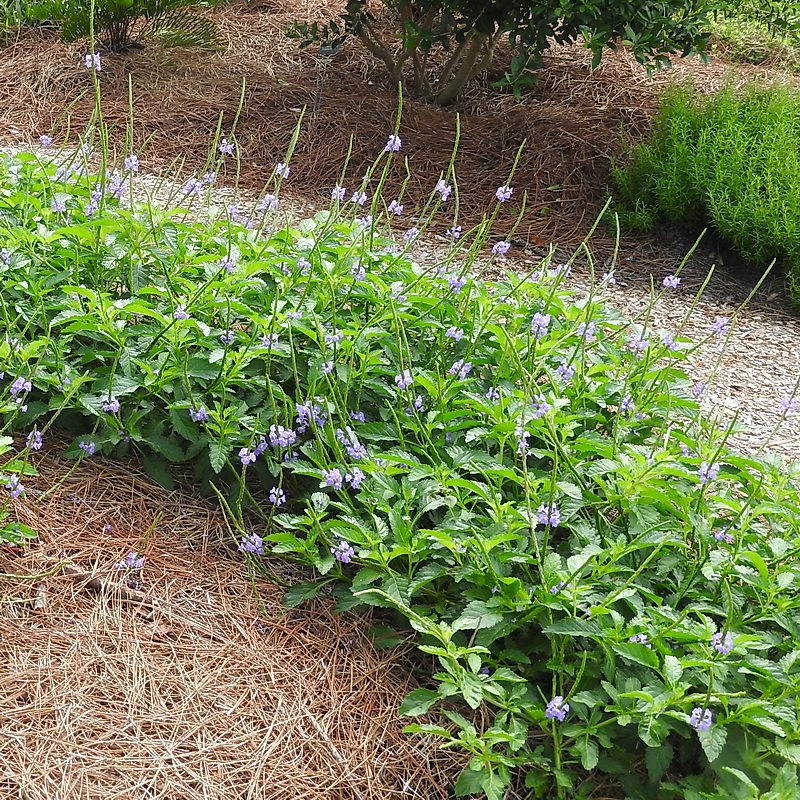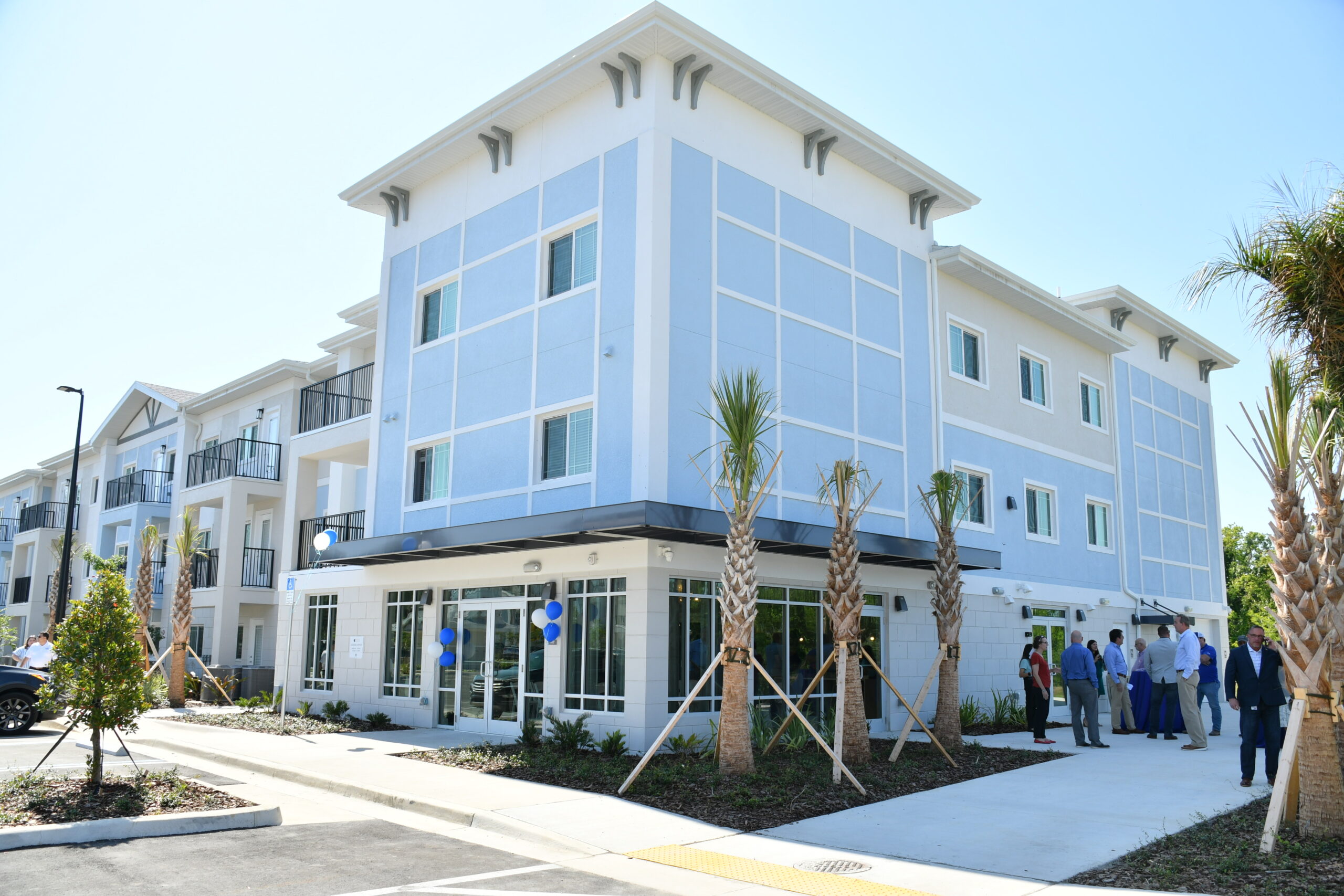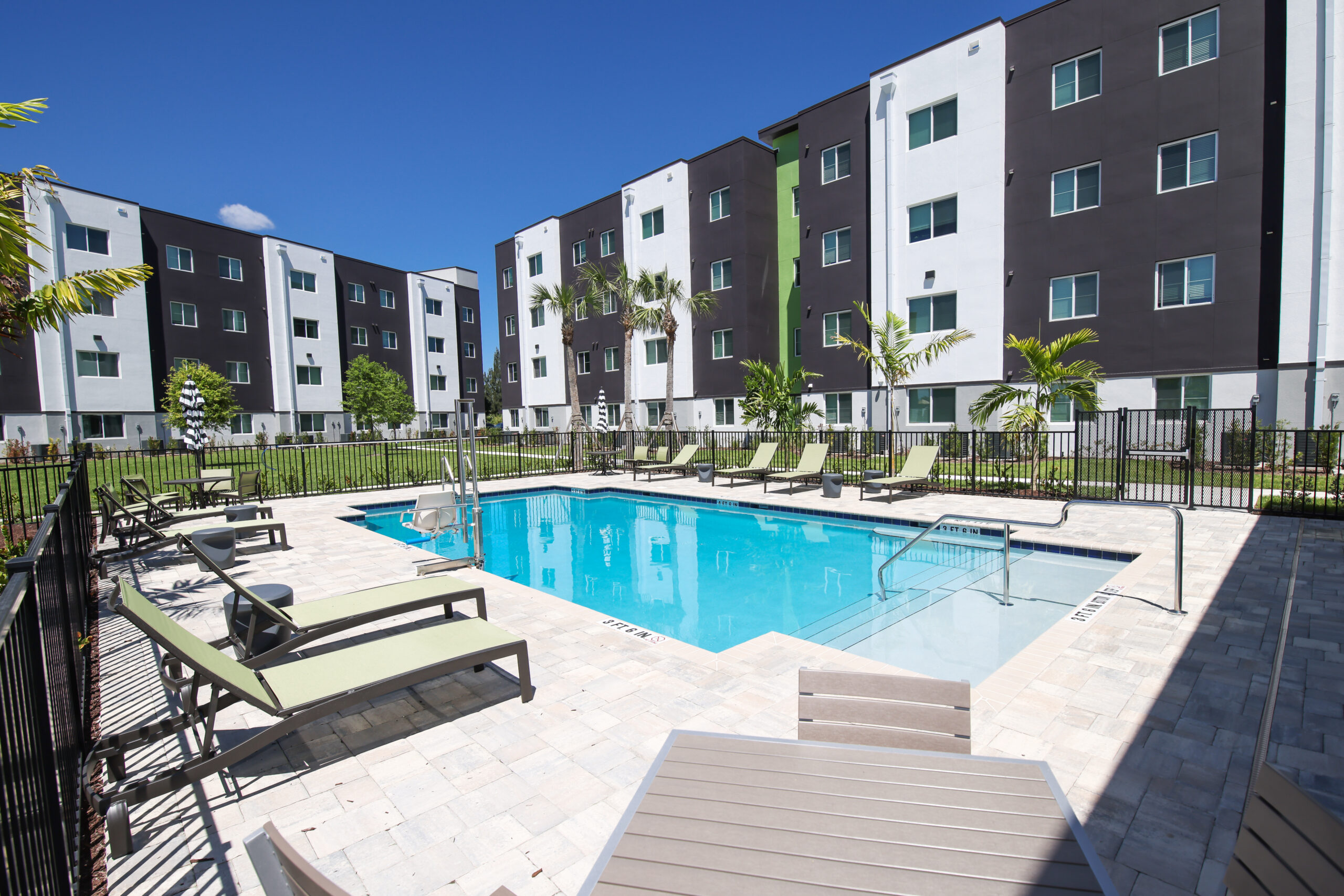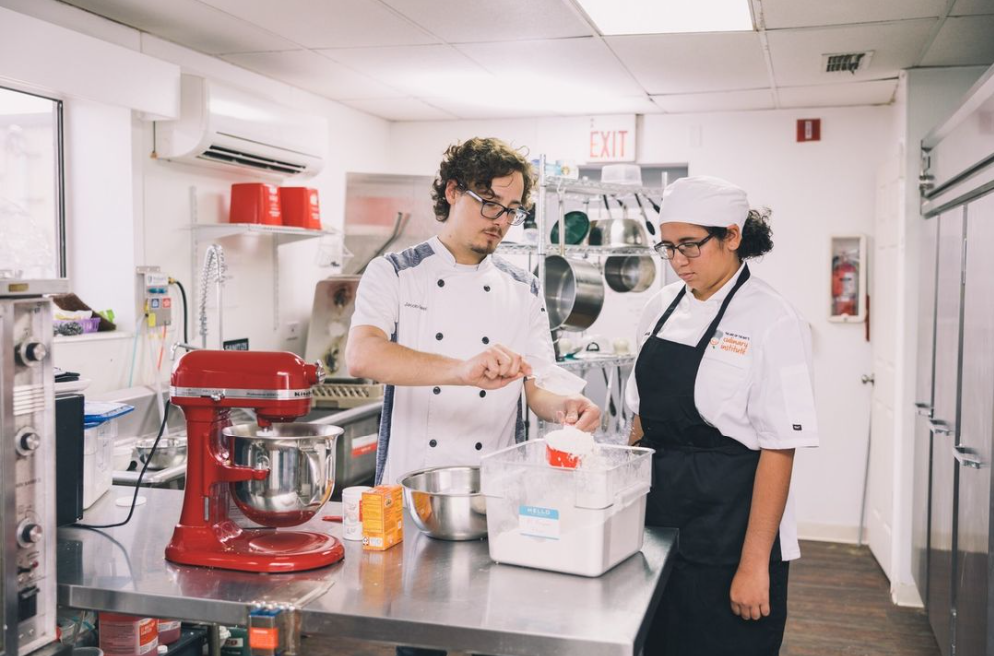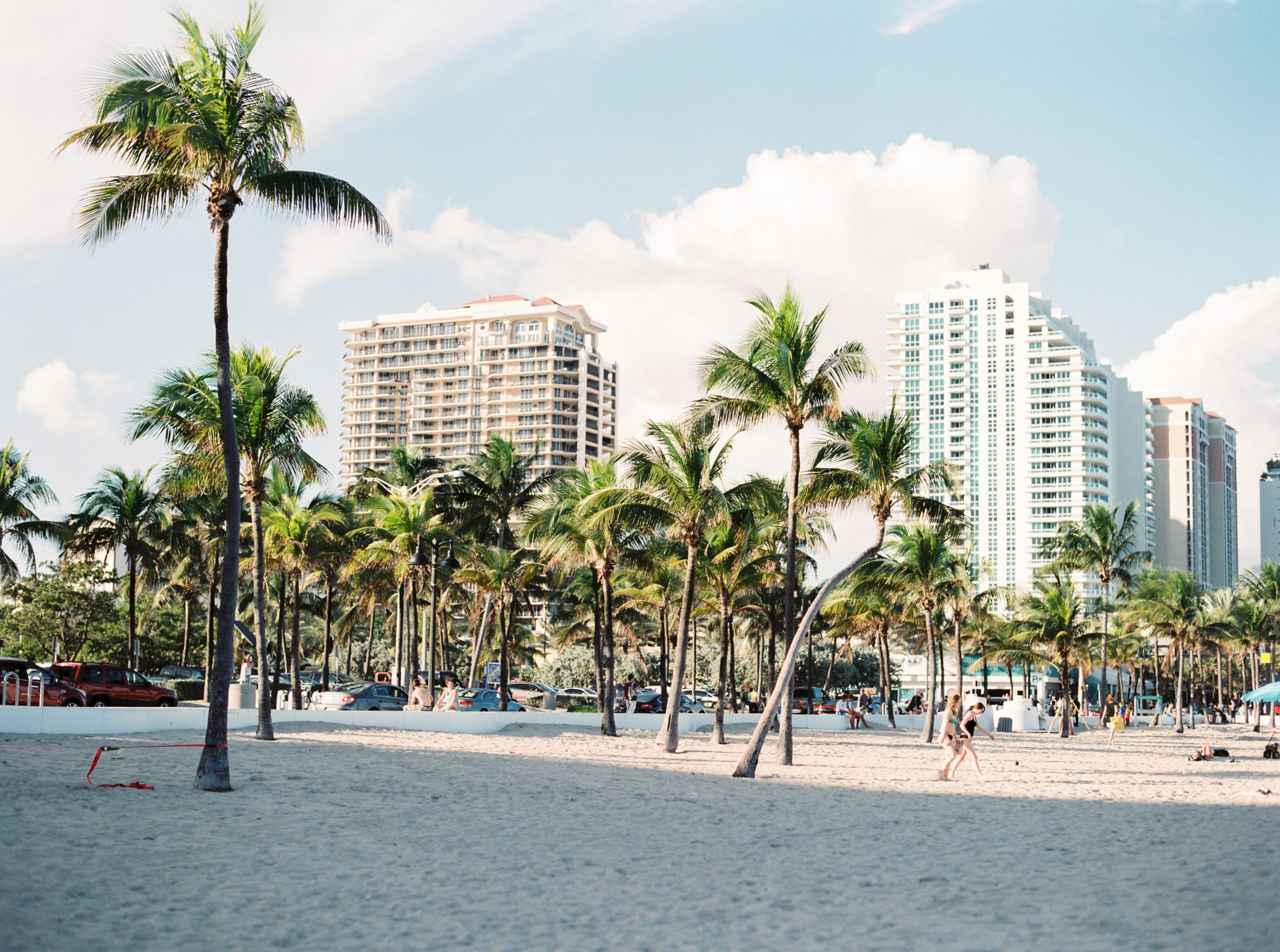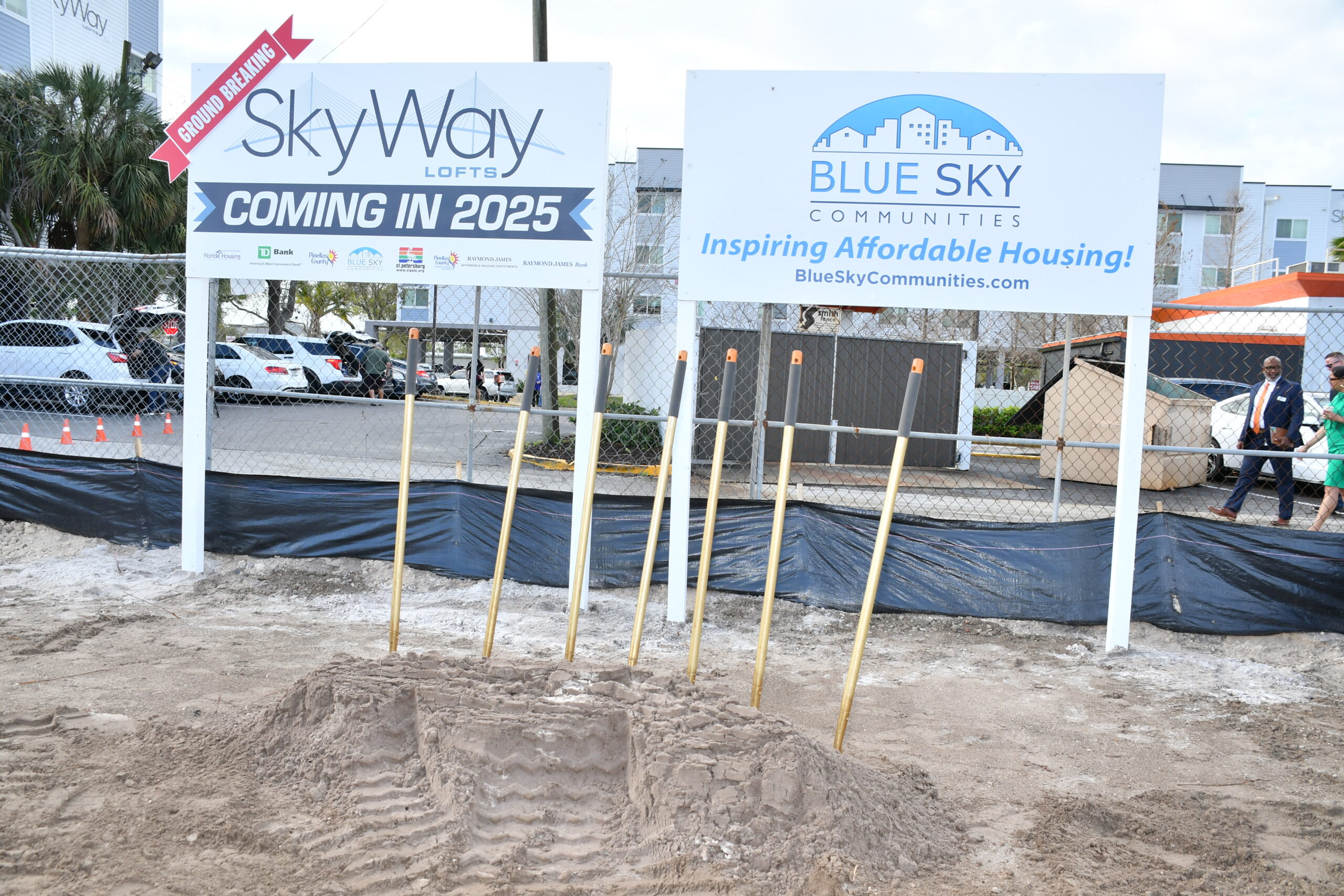A lush, manicured lawn is as American as apple pie and baseball. And while they are nice to look at, they don’t provide many benefits to native insects and animals. Having a yard filled with native Florida plants can help pollinators and beneficial insects while looking great. Our lawns play a large role in keeping our local ecosystem running smoothly. So I reached out to some local businesses to find out how to go native.
The benefits of native plants
Having a lawn filled with native Florida plants is a tremendous benefit to you and your entire neighborhood. Kathryn Adeney, owner of The Nectary in Lakeland, enjoys filling plant her yard with native plants that, “Provide seasonal beauty, habitat for wildlife, and can be an economical choice when carefully matched to the site conditions.”
I personally enjoy feeling connected to my yard and my local ecosystem by cultivating native plants in my landscape.
Kathryn Adeney, The Nectary
Plus, having a yard full of native plants requires a lot less work. Planting native plants means dealing with plants that are perfectly suited to Florida weather. “As long as they are put in the right growing conditions (light/shade, dry/wet) you will have a plant that needs little to now maintenance after its establishment,” says Elise Pickett with The Urban Harvest in St. Pete.
The problems with lawns
Manicured lawns can be a great source of pride and beauty to a home. But they can also be a danger to the neighborhood. In order to get those blades of grass in tip-top condition, you’ll usually need fertilizer, pesticides, and specific irrigation. Pollutants and chemicals from a lawn can stormwater that builds during heavy rains. Stormwater runoff that cannot reabsorb into the ground flows across surfaces until it ends up in our streams, rivers, ponds, lakes, and wetlands.
Did you know lawns originated in France & England during the 1700s for grazing livestock?
Elise Pickett, The Urban Harvest
Lawns definitely have their use, for example, for sports or recreational activities. However, if much of our neighborhoods are dedicated to grass lawns, there’s less room for habitats for native pollinators and birds. Another important part of our ecosystem.
Related: How to Create a Rain Garden
Taming the wild
Choosing not to have a manicured lawn doesn’t mean your yard has to become a jungle. “You can have a beautiful landscape that is planted with a diversity of natives that still looks like a garden featured in Better Homes & Gardens,” Pickett explains, “Native landscapes can be eye-catching and productive garden designs without all the sterile space, toxic maintenance, and lack of pollinators or other wildlife.”
Want to start a yard with native Florida plants, but unsure of where to start? Here are some easy ones to begin with:
American beautyberry

A graceful and adaptable shrub found throughout the state. It provides flowers for pollinators in the spring, followed by clusters of deep magenta berries for birds in fall and winter. The berries are also edible to humans, and the crushed leaves can be used as a temporary mosquito repellant.
Garberia

Garberia is a scrub/sandhill shrub that becomes a pollinator magnet with beautiful purple blooms in November.
Porterweed

Porterweed is an annual in North Florida. Small blue or pink flowers appear in numbers on long spikes at the end of the stems and are very attractive to butterflies and hummingbirds. Plants vary in size and growth habit depending on the species.
Elderberry

You often see fast-growing elderberry as a broad, spreading, multi-stemmed plant. But you can effectively prune it into a nice, small, single or multi-stemmed, small, flowering tree. The small, dark purple berries which are quite popular with birds, and can be used in pies, jellies, or fermented to make a wine.
Butterfly Weed

Butterfly weed is a member of the milkweed family. The plants grow to two feet tall and flower from July to September. The flower colors are orange, red, and yellow. It tolerates dry soil but not heavy soil. Butterfly weed is slow to start growth in the spring.
Phlox

Plants grow to only 6 inches tall, form thick clumps and make an excellent ground cover. You can use Phlox as a ground cover or allowed to grow cascading down a wall. They are also good plants for stabilizing a sloping landscape.
Frogfruit

Frogfruit is a great alternative to a lawn. It’s attractive to butterflies. It may go dormant in the winter and cannot withstand heavy foot traffic. This plant is both drought and flood tolerant.
Interested in our Modern Globe weekly newsletter?
By submitting this form, you are consenting to receive marketing emails from: . You can revoke your consent to receive emails at any time by using the SafeUnsubscribe® link, found at the bottom of every email. Emails are serviced by Constant Contact











